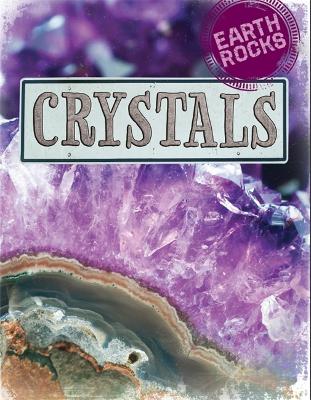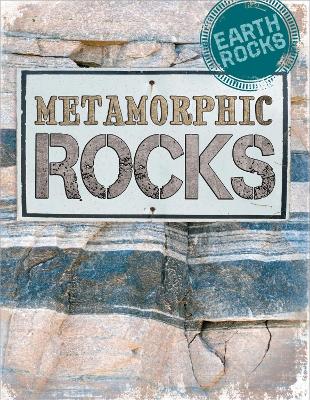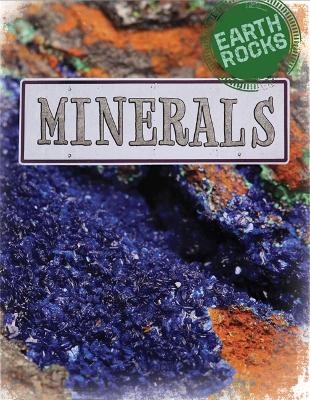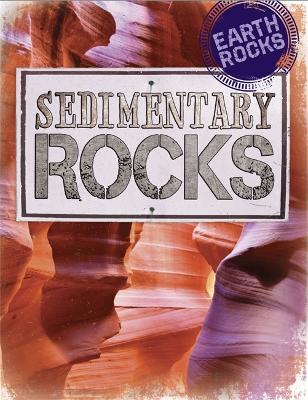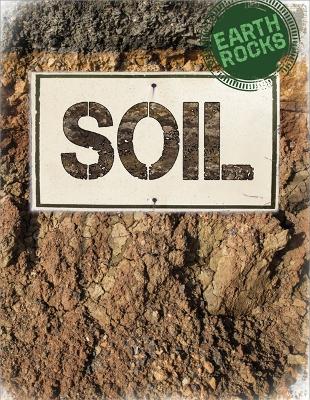Earth Rocks
6 total works
This photographic book looks at igneous rock, one of the three main rock types. It explores how it is formed through the cooling and solidification of fiery orange magma or lava that explodes from volcanoes.
This book covers important Earth science concepts and the different kinds of igneous rocks, how identify them by their physical properties, and what clues they offer about our planet's past. The text also clues readers in on the ways we can use this tough rock as a resource, and how people living near volcanoes can benefit from living in a volcanic environment. Sidebars, fact boxes, and interesting photos supplement the texts information-rich content.
The rocks that cover Earths surface wouldn't exist without crystals. Written to support the science national curriculum, this text encourages readers to get up close and personal with the crystals contained in rocks.
Along the way, they'll learn important Earth science skills, such as how crystals form, how to identify crystals based on their physical properties, and where in the world they're found.
The text also teaches readers how we use crystals in everyday life, and what kinds of hobbies and careers involve working with crystals. This information-rich text features engaging images, fact boxes, and sidebars, which offer opportunities for additional learning.
Heat and pressure are constantly at work below the Earth's surface, but sometimes, their amazing effects can be seen above ground. These powerful forces shape metamorphic rocks, one of the three kinds of rock that cover the surface of the Earth.
Readers will learn how plate tectonics play a role in rock formation, where these rocks appear, and how to identify them based on their physical properties. This text takes the curriculum topics out of the classroom and into the real world, showing readers how metamorphic rock shapes our lives. The science-rich text is completed with full-colour photographs, fun fact boxes, and informative sidebars.
Learn how minerals shape our lives and how they've shaped planet Earth's past and present, as well as how they'll shape its future. This book explores the origins of minerals, where they're found, and why they're important. The content-rich text supports the science national curriculum, covering important Earth science and geology concepts.
Photographs show readers Earth's most dazzling minerals, while informative fact boxes and sidebars provide a comprehensive learning experience.
This book takes a journey inside the layers of sedimentary rock to find out more about the rocks that have covered our planet for millions of years. Read about how these rocks form through compaction and lithification, and how weathering and erosion destroy them.
The text supports the KS2 and KS3 science curriculum, covering topics such as the many kinds of sedimentary rock, rock identification, and fossils. The text also explores how people use sedimentary rocks, and where on Earth the most beautiful examples are found. Stunning photographs, sidebars, and fact boxes further enhance the learning experience.
This book goes on a journey underground to examine the many kinds of soil, microorganisms and inorganic matter that make it, and the critical role it plays in ecosystems around the world.
Most people don't think about the soil under their feet, but basic dirt can reveal a lot about Earth's past. Soil is formed from tiny grains of rock that existed many years ago. It can also form in the wake of landslides, volcanoes, and everyday weathering.
Helpful diagrams, fact boxes, and sidebars support the information-rich text, which supports KS2 and KS3 science curriculum, and colourful images will keep readers engaged from start to finish.

